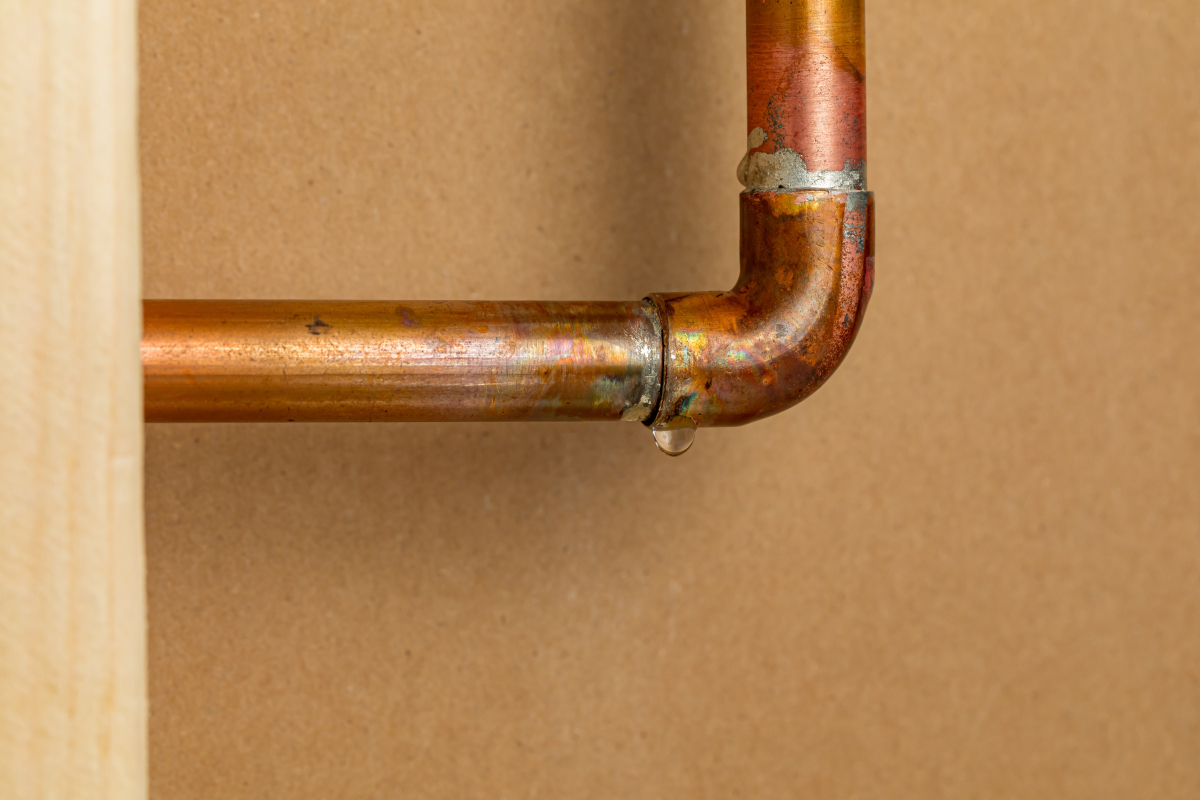Copper and steel can heal themselves on a nanoscale
Without our self-healing powers we would be in quite a fix. If injuries on our bodies stayed forever, the world would look very different. Fortunately, we have the ability to self-repair. Science has been trying for a long time to transfer this biological superpower to artificial substances.
For example, Indian researchers have developed a crystal that reassembles when it breaks. This self-healing material could be used in mobile phone displays. Now a team of scientists in a current study in “nature” another breakthrough.
Editor’s Recommendations
In the study, the researchers describe how nanoscale cracks that form in platinum and copper as a result of metal fatigue can spontaneously heal themselves. Materials researcher Brad Boyce’s team at Sandia National Laboratories in New Mexico observed how tiny cracks in nanocrystalline platinum and copper foils melted back together under certain conditions. “It was absolutely mind-blowing to see this firsthand,” Boyce said in one press release.
For their experiments, the researchers used a technique in which tiny pieces of metal were pulled around 200 times per second. Cracks formed in the process, but they closed again after about 40 minutes – a process that the researchers call “cold welding”.
“In our experiment, we were able to show that metals have their own natural ability to heal themselves, at least in the case of fatigue damage on a nanoscale,” says the materials researcher.
“The process of cold welding is a well-known metallurgical process that occurs when two relatively smooth and clean metal surfaces are brought together to renew atomic bonds,” Boyce told the news agency Reuters.
“Unlike the self-healing robots in the ‘Terminator’ movie, this process is not visible at the human level. It takes place at the nanoscale and we have yet to be able to control the process,” he added.
Although this self-healing process is theoretically possible, there are still many unanswered questions. For example, whether the process can be used in practice as a practical tool in manufacturing. It is also still unclear whether the cracks in conventional metals can be closed in air, similar to in a vacuum.
However, simulations by the team suggest that self-healing can also work with other metals. Boyce believes it is “entirely plausible” that alloys such as steel also possess this property.
“Given these new findings, alternative material design strategies or engineering approaches could be developed to avoid fatigue failure,” said the materials researcher.
These new findings could also help in the targeted development of materials that can repair themselves. The discovery could help extend the life of structural components and make them less susceptible to damage.
Even if it will probably be a few more years before the theory can be applied in practice, it is always reassuring to think that there could be cars that never have to go to the workshop again.



